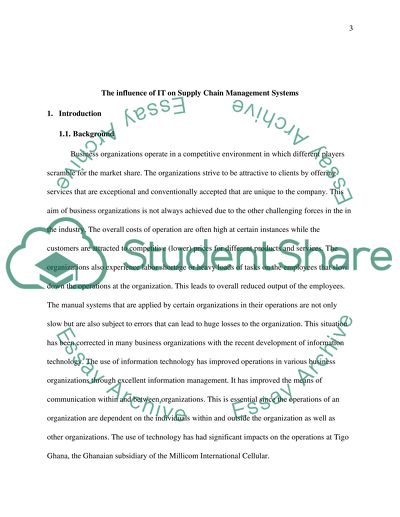Cite this document
(“The influence of IT on Supply Chain Management Systems Dissertation”, n.d.)
Retrieved de https://studentshare.org/archaeology/1392620-investigating-the-influence-of-it-on-supply-chain
Retrieved de https://studentshare.org/archaeology/1392620-investigating-the-influence-of-it-on-supply-chain
(The Influence of IT on Supply Chain Management Systems Dissertation)
https://studentshare.org/archaeology/1392620-investigating-the-influence-of-it-on-supply-chain.
https://studentshare.org/archaeology/1392620-investigating-the-influence-of-it-on-supply-chain.
“The Influence of IT on Supply Chain Management Systems Dissertation”, n.d. https://studentshare.org/archaeology/1392620-investigating-the-influence-of-it-on-supply-chain.


